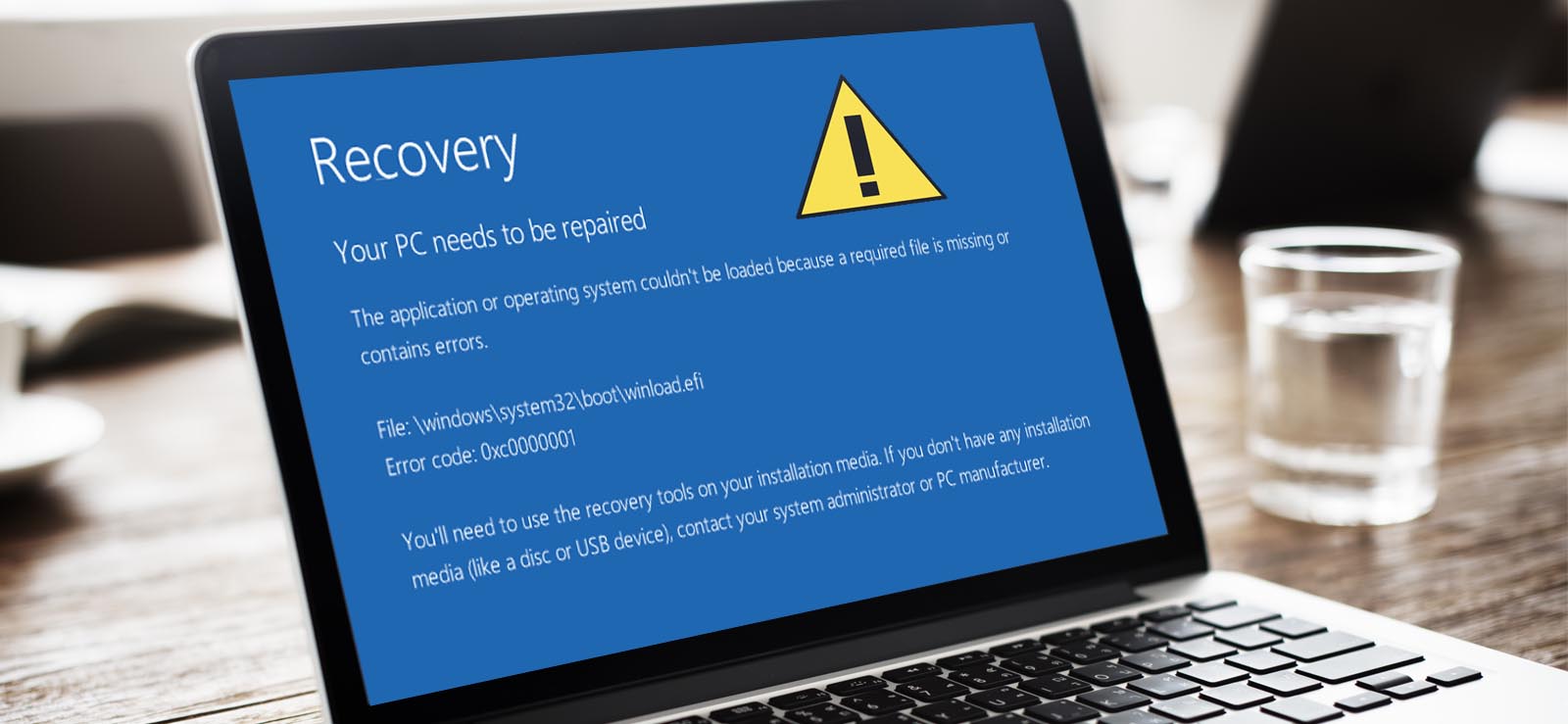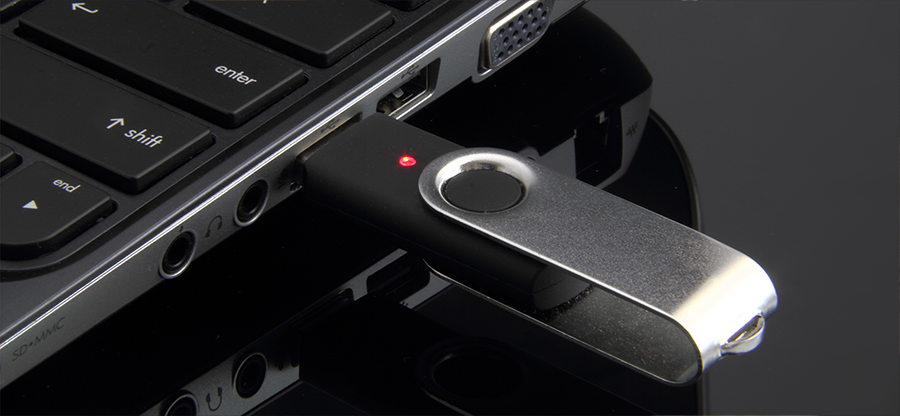Read time 9 minutes
“I installed Windows 10 updates a couple of days ago. While using my laptop, the Windows froze and went into “not responding.” it did not work out even after leaving the Windows to unfreeze for some time.”
After a few minutes, it gave me the dreaded blue screen. It states that there is a problem with Windows, and it is collecting information. After waiting for an awful lot of time, it changed from 0% to some percent, and it eventually went into “Preparing Automatic Repair” and then cut to a black screen and how this cycles repeatedly. How can I get out of it?
Automatic repair on Windows 10 is a repair feature that can troubleshoot issues that prevent you from booting correctly. If the computer fails to start appropriately two consecutive times, then Automatic Repair will be triggered as a system’s response to rectify the booting issue. Many users are complaining that after installing the latest Windows updates, they got stuck in the “Preparing Automatic Repair” boot loop.
Reasons behind Windows “Preparing Automatic Repair”
This “Preparing Automatic Repair” issue mostly happens on Windows 10/11. This problem arises right after or in between the Windows update. But why? So, let us discuss the cause-
- Hardware driver problems
- Problems related to the Windows Registry led to automatic repair issues
- BOOTMGR (Windows Boot Manager) file corruption
- Corrupted system files
Even after spending much time trying to get out of this loop using various methods, they cannot find a solution. It goes with the blue screen or black screen error, causing complete inaccessibility of booting issues in the system. Even after the system’s hard reboot, the error continues to appear. In this post, we will walk you through the steps required to escape this dreaded situation and recover deleted files.
Scenario 1: Automatic repair couldn’t repair your PC – No boot loop
If you get a message stating that “Automatic repair couldn’t repair your PC” with no boot loop, then this section is for you; you can apply the methods and steps described to get out of this issue.
Method 1: Using Command Prompt to access boot Menu options
You can use bootrec.exe to update the master boot record, partition boot sector, and the boot configuration data to correct boot issues on Windows. Here are some detailed steps:
- Click the Troubleshoot button > Advanced Options > choose Command Prompt from the list.

- In the Command Prompt, enter the following commands one-by-one
bootrec.exe /rebuildbcd
bootrec.exe /fixmbr
bootrec.exe /fixboot - Running chkdsk alongside bootrec.exe can be helpful in these situations. Chkdsk checks the metadata of a drive for logical and physical errors and is used with parameters. Try running the following commands:
chkdsk /r c:
chkdsk /r d:
Note: If you have more partitions, replace the drive letter in the previous syntax with the drive (letter) on which you want to perform chkdsk. - Restart your PC to check if the problem is resolved. Move to the next fix, if not.
Method 2: Boot in Safe Mode to repair Windows 10 image
Suppose your system has performance or boot-related issues, then the System File Checker (SFC) tool can scan, detect, and replace the corrupted or missing system files using the Windows 10 recovery image. But, if the replacement files inside this recovery image are damaged, then the SFC command won’t work. Hence, the Deployment Image Servicing and Management (DISM) tool can scan and repair the install.wim image, which can then be used to run the SFC tool. The detailed steps are outlined below:
- Go to Troubleshoot > Advanced options > Startup Settings.
- Next, click on the Restart button.
- After the restart, choose Enable Safe Mode with Networking from the list of options.
- In Safe Mode, if you suspect a driver issue associated with any of your software, you should download the updated driver from the manufacturer’s website and save it to an external drive for later use.
- Hold
 +X and select Command Prompt (admin) from the list.
+X and select Command Prompt (admin) from the list. - In the Command Prompt, enter the following command and press enter:
DISM /Online /Cleanup-Image /RestoreHealth - The process might take a while to complete, so be patient.
- After the process, restart your PC and install the updated driver you downloaded in step 4.

Method 3: Run the Windows Startup Repair
You can run the Windows startup repair as a troubleshooting method.
- Go to the Advanced options button and click it.
- Choose the Troubleshoot button and click Advanced Options.
- Click the Startup Repair button and let Windows 10 run the diagnosis for you.
- After the successful diagnosis, check the results and see if the problem persists.
Method 4: Check the hardware specification of your computer
If Windows 10 cannot overcome the endless repair loop issue, then the issue could be with the hardware and not the software. Perhaps, the RAM of the computer is not able to load Windows on a hard drive, or the hard drive (SSD or HDD) may be failing to handle the large Windows files. There are multiple troubleshooting methods to check the hardware specification of your computer.
Method 5: Run the System Restore
System Restore is ideal for fixing issues like the endless repair loop. When the issue is stopping you from accessing the Windows 10 operating system, you need to boot the computer from a Windows installer DVD or USB drive and go through the below steps:
- Choose your language and other preferences. On the same screen, where you see the Install button, there is a Repair your computer button on the left-hand side.
- Select the Windows Operating System to repair.
- Choose System Restore on the menu.
- Follow the given instructions and install Windows with point-in-time recovery.
- Restart the computer after the completion of System Restore, and if the process was followed clearly, then you should have no problem opening Windows.
Scenario 2: Automatic repair couldn’t repair your PC – Stuck in Boot Loop
It can also be that you got stuck in the “Automatic repair couldn’t repair your PC” boot loop and couldn’t find a way to get out of it. This section, will discuss several fixes that can aid you in this situation.
Method 1: Disable Early Launch Anti-Malware
Early Launch Anti-malware (ELAM) drivers are the first defense against the malicious boot-start drivers as they help the Windows kernel decide whether they should be initialized. It might falsely classify any crucial boot-start file as malicious and hence can cause issues during the boot. To disable ELAM, follow the steps mentioned below:
- In the boot menu, choose Troubleshoot > Advanced options > Startup Settings.
- From the list of options, choose Disable early launch anti-malware protection.
- Restart the PC to check whether the problem is resolved.
Method 2: Get rid of problematic files
It might be the case that a problematic file is causing the Automatic repair boot loop issue. Hence, deleting the problematic file might be the right thing to do. To delete the problematic file, follow the steps mentioned below:
- In the boot menu, choose to Troubleshoot > Advanced options > Command Prompt.
- Enter the following command in the prompt:
C:\Windows\System32\LogFiles\Srt
SrtTrail.txt - To delete the boot critical files then in the command prompt, enter the following command:cd c:\windows\system32\drivers
del <Enter the name of the corrupt file with extension> - Restart the PC and check if the problem is solved.
Note: It will show you the boot critical files.
Method 3: Disable Automatic Startup Repair
- Choose Troubleshoot > Advanced options > Command Prompt.
- Now, in the command prompt, run:
bcdedit /set {default} recoveryenabled No - It will disable the startup repair.
Method 4: Restore Windows Registry
A corrupted Windows registry might be the reason behind the Automatic repair boot loop. To restore your registry, follow the steps mentioned below:
- In the boot menu, choose Troubleshoot > Advanced options > Command Prompt.
- In the command prompt, enter the following comment:
copy c:\windows\system32\config\RegBack*c:\windows\system32\config - If asked to overwrite the files, type All and press Enter.
- Exit the command prompt and restart your PC.
Method 5: Refresh or reset Your PC
If you are still facing issues, resetting and refreshing the system may fix the issue. It will remove the installed applications, but Universal apps will be saved if you choose the refresh options. Reset option will delete the installed files, settings, and apps. It is advised to back up the important files before trying this option.

After choosing the appropriate option, follow the instructions to complete the process.
Kernel for Windows Data Recovery
If these methods do not work successfully, you can try the Windows re-installation, and if that fails, too, then it implies that you need a reliable third-party tool. Kernel for Windows Data Recovery software is just the tool you might need. It is highly capable of recovering lost and inaccessible files. It can help you to recover your lost data in various situations, such as hard disk failures, bad sectors on the drive, corrupted registry and disk partitions, virus infection, physical damage, and more. If you have a large amount of data to recover, the recovery must be performed in multiple settings. Hence, the Snapshot feature of the tool allows you to do just that. One can pause and save the snapshot; later, this snapshot can be uploaded into the tool to resume from where you have left. Therefore, it can be regarded as the best tool to restore files from corrupt drives.

Conclusion
In conclusion, we have extensively discussed two scenarios that can be useful to solve “Automatic repair couldn’t repair your PC” using manual methods. If you still cannot boot into Windows, it implies that there could be several reasons causing this issue. It demands a reliable third-party tool, such as Kernel for Windows Data Recovery, that can quite quickly fix and repair bad sectors in Windows. We highly recommend this tool as it can offer several beneficial features.







